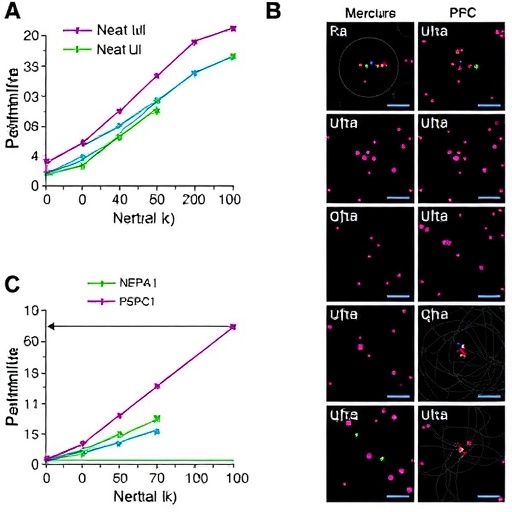Retroviruses – the family of viruses that includes HIV – are almost half a billion years old, according to new research by scientists at Oxford University. That's several hundred million years older than previously thought and suggests retroviruses have ancient marine origins, having been with their animal hosts through the evolutionary transition from sea to land.
The findings, reported in the journal Nature Communications, will help us understand more about the continuing 'arms race' between viruses and their hosts.
Study author Dr Aris Katzourakis, from Oxford University's Department of Zoology, said: 'Very little has been known about the ancient origin of retroviruses, partly because of the absence of geological fossil records. Retroviruses are broadly distributed among vertebrates and can also transmit between hosts, leading to novel diseases such as HIV, and they have been shown to be capable of leaping between distantly related hosts such as birds and mammals. But until now, it was thought that retroviruses were relative newcomers – possibly as recent as 100 million years in age.
'Our new research shows that retroviruses are at least 450 million years old, if not older, and that they must have originated together with, if not before, their vertebrate hosts in the early Paleozoic era. Furthermore, they would have been present in our vertebrate ancestors prior to the colonisation of land and have accompanied their hosts throughout this transition from sea to land, all the way up until the present day.'
Retroviruses are a family of viruses that includes the HIV virus responsible for the AIDS pandemic. They can also cause cancers and immunodeficiencies in a range of animals. The 'retro' part of their name comes from the fact they are made of RNA, which they can convert into DNA and insert into their host genome – the opposite direction to the normal flow of information in a cell. This property means that they can occasionally be inherited as endogenous retroviruses (retroviruses with an internal origin), forming a virtual genomic fossil record that can be used to look back into their evolutionary history.
This research used genome sequences from endogenous retroviruses that resemble the 'foamy' viruses – a group of viruses that tend to diverge alongside their hosts. Foamy viruses are widespread in mammals, and in this study the researchers unearthed genomic fossils for foamy-like retroviruses in highly diverse hosts, including ray-finned fish and amphibians in which they had not previously been found.
During this study, the researchers overcame one of the key limitations in studying the deep evolutionary history of viruses: their rapid evolution. This trait facilitates the reconstruction of viruses' recent history but obscures their more distant past. However, a new model used in this research – in combination with the genomic fossil records of the foamy-like viruses – allowed the scientists to account for an apparent slowdown in the rate of evolution the further back they went.
Dr Katzourakis added: 'These findings show that this medically important group of viruses is at least up to half a billion years in age – far older than previously thought. They date back to the origins of vertebrates, and this gives us the context in which we should consider their present-day activity and interactions with their hosts. For example, we need to consider the adaptations that vertebrates have developed to combat viruses, and the corresponding viral countermeasures, as the product of a continuous arms race that stretches back hundreds of millions of years.
'Our inferred date of the origins of retroviruses coincides with the origins of adaptive immunity, and thus it is likely that retroviruses have played an important role in the emergence of this key tool in vertebrate antiviral defence. As we understand the nature of the interaction between viruses and host immunity, we will be better placed to intervene in this delicately balanced arms race in order to develop novel treatments and interventions.
'And as we build a clearer picture of the origins of the diverse groups of viruses that infect us today, we should come closer to unravelling the mystery of their ultimate origins.'
###
Media Contact
Stuart Gillespie
[email protected]
44-018-652-83877
@UniofOxford
http://www.ox.ac.uk/
############
Story Source: Materials provided by Scienmag




